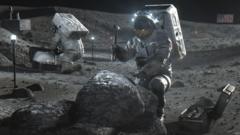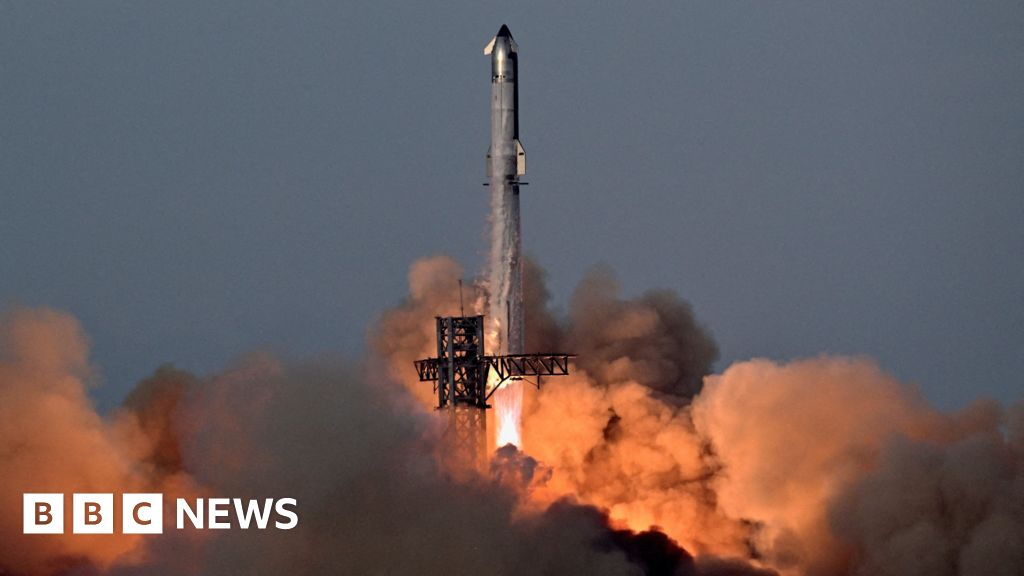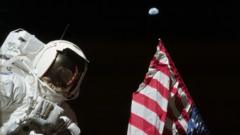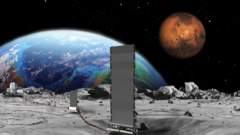Inside a colossal sphere, a team of engineers from Sierra Space is at the forefront of an ambitious project aimed at producing oxygen on the Moon. Built to simulate the harsh conditions of the lunar environment, this innovative machinery ingests regolith—an abrasive mixture of dust and grit mirroring actual lunar soil. By heating the substance to extreme temperatures, oxygen molecules eventually emerge during the process.
"Essentially, we’ve completed extensive testing on Earth,” said Brant White, a program manager at Sierra Space, “and now we look towards the Moon.” Their experiments took place during the summer at NASA’s Johnson Space Center, with the technology aiming to equip astronauts living on a future lunar base, providing essential oxygen for both respiration and fuel for missions beyond Moon, like travels to Mars.
Additionally, astronauts might need metals that can also be harvested from lunar regolith. With potential savings of billions of dollars compared to transporting resources from Earth, Sierra Space's advancements hold significant promise. The lunar surface is rich in metal oxides, making it ripe for extraction—but doing so under the Moon's unique conditions brings challenges.
By utilizing a large spherical chamber designed to replicate the moon's vacuum and temperatures, Sierra Space has refined its equipment to endure the harsh, abrasive nature of the regolith. Yet, even with advancements, one critical test—lunar gravity—remains elusive and will only be feasible post-2028 on actual lunar soil.
As researchers at Johns Hopkins University explore various oxygen-extracting methods like molten regolith electrolysis, they acknowledge potential complications caused by reduced lunar gravity affecting how oxygen bubbles attach to electrodes—an outcome that could slow oxygen production.
Sierra Space utilizes a carbothermal process, allowing oxygen bubbles to form freely within regolith, substantially reducing entrapment. According to Dr. Burke, an astronaut's daily oxygen requirement would approximately equal the oxygen contained in 2-3 kilograms of regolith. Life support systems could further recycle the astronauts' exhaled breath, lessening the extraction burden.
However, Dr. Burke emphasizes the paramount importance of oxygen for rocket fuel to enable more extensive exploration. Sierra Space's process, needing some carbon, can recycle much of it after each cycle. MIT's Palak Patel further contributes with her work on molten regolith electrolysis for dual extraction of oxygen and metal, targeting a reduction in essential resupply missions.
Patel’s team also addressed the challenges posed by low gravity for bubble detachment, employing sound waves to assist dislodging oxygen. The potential extraction of metals like iron, titanium, or lithium may facilitate 3D printing of spare parts crucial for moon base operations.
Moreover, lunar regolith doesn't stop in utility at resource extraction. Patel’s experiments even demonstrate the conversion of regolith into a resilient, glass-like material, which can be fashioned into durable bricks—potential building materials for lunar structures, paving the path for more sustainable moon habitation in the future.



















